Beer has spread like kudzu over Asheville, NC. We are drowning in a beer tsunami. In this moment, we can’t ignore the troubling implications of being Beer City U.S.A.
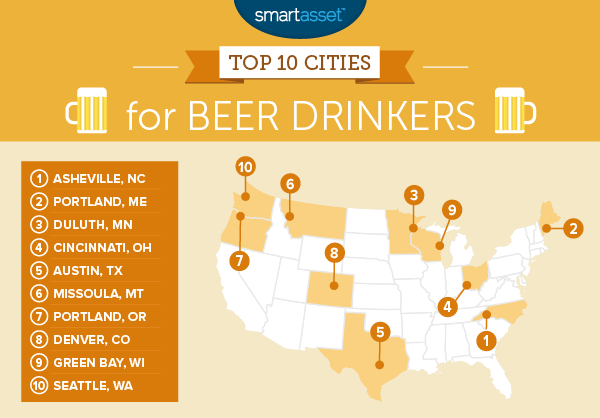
Bloated with beer (and money from it)
A 2017 smartasset study on “best cities for beer drinkers” ranked Asheville as # 1 in the country, in part because we have so many breweries (26 at latest count). In fact, we have more breweries per capita than any city in the U.S.
Also in 2017, the Economic Development Coalition for Asheville-Buncombe County released an analysis of the economic impact of the brewery industry in the four-county Asheville Metropolitan Statistical Area (Buncombe, Haywood, Henderson, and Madison counties). The numbers are huge. The industry’s employment growth was 754% from 2011 to 2016, making it the fastest growing industry in the region. Click that link to see more big statistics. The total overall economic output of breweries was estimated at $934 million.
This wealth generating power gives the breweries influence. To what end?
Beer can contribute to crime
As local beer topped popularity and economic charts, Buncombe County ranked as the most ‘intoxicated and disruptive’ county in North Carolina based on records from the NC Administrative Office of the Courts. In 2017, there were 552 cases of people charged with allegedly being intoxicated and disruptive in Buncombe County, over 200 more than second place Wake County. With the vast quantities of high octane craft beer being poured here, I think it is fair to connect it to many of those incidents. I suspect the numbers of other drinking related crimes like DUIs are high as well.
Equity or lack thereof
I’ve written previously about the white-male-ness of the beer industry. With rare exceptions, white men run the show and make dough on beer. If you care about equity in Asheville, this matters.
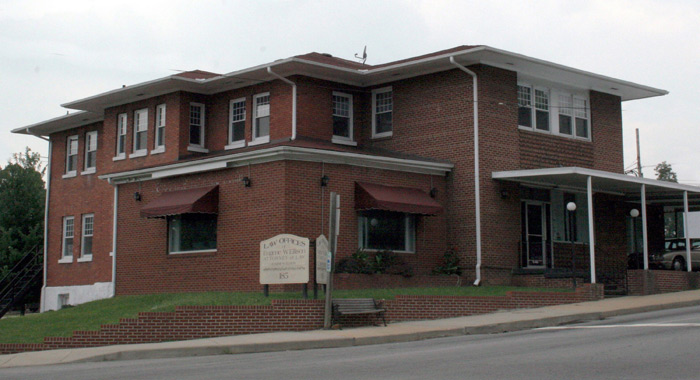
Breweries take space
I felt blue when I learned that the space that once was the Asheville Community Resource Center (ACRC) is soon to hold a brewery. As Firestorm shares, the ACRC was opened on Lexington Avenue in 2003 by “activists ‘working together to sustain a space for the promotion of social change.'” I have significant memories of expressive times at the ACRC. Just as I recently traced the colonization/gentrification of my neighborhood, we could tell the story of downtown. Yet another brewery opening in what was once a radical space for arts and activism is just the latest injury.
On a similar vein, Toy Boat Community Art Space recently had to dismantle their awesome project because the new owner of French Broad River Brewery decided to kick them out so he could expand.
The historically African American Southside neighborhood contained the southern end of downtown (see page 10 of Twilight of a Neighborhood). The Asheville Colored Hospital was located in a building near Banks and Buxton Avenues. That building was razed for a parking lot for Green Man Brewing. There is no historical marker. While I need to research the details, this is another part of the city that was taken from blacks during urban renewal. The fact that the white-owned businesses that started investing in that area in the early 2000s re-named it “South Slope,” erases the history of the Southside neighborhood. While those businesses are not all breweries, many call it the “Asheville Brewery District.” The stories of those streets have been washed away with beer.
Breweries are covering the city like kudzu, not to mention the overgrowth of beer-centric happenings and messaging that chokes our community’s culture.
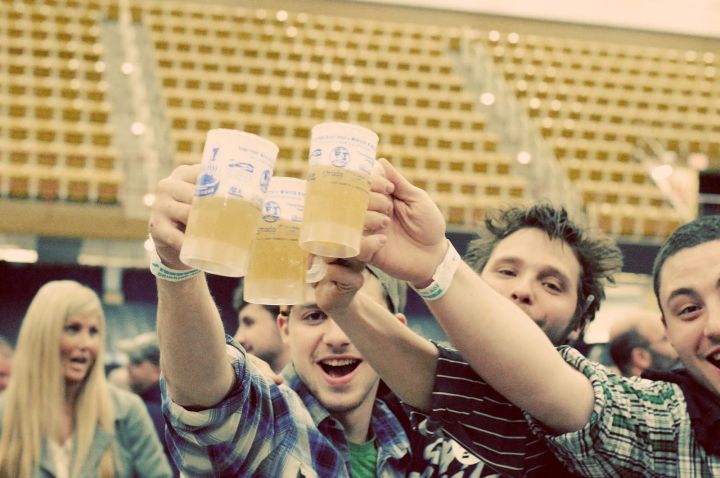
Beer is a bummer
Another thing that brings me down about beer is the vibe. While I understand there is a “craft” to craft beer, I do not find the product or the aesthetic to be uplifting. Same goes for the homogenous demographics of the field. As a depressant, imbibing beer can put folks in a stupor. Or, as indicated above, getting drunk can cause people to act in obnoxious ways. With all of the downsides, the fact that Asheville is advertised as the #1 place to get intoxicated on beer concerns me.
The Asheville Convention & Visitor’s Bureau (CVB) aka Explore Asheville uses it’s multi-million dollar budget to advertise a variety of attractions, with beer being a key part of the promotional narrative. Beer is featured in all of the “things to do in Asheville” stories I see. There is a large section of the CVB website dedicated to the “beer scene.” I’m reminded of this 2013 video they created to encourage folks to vote for Asheville for Beer City U.S.A. I have friends in this video, but I still find it problematic for numerous reasons:
I know what drives this ($) and I am expressing my dismay.
When one is downtown, especially in the evening, the influence of beer cannot be denied. As my friend Tiffany Narron posted, “Congratulations Asheville. Coxe Avenue feels like a fraternity house got too full and spilled into the streets. After walking to the place I was headed to the sounds of chanting people and a couple pushing a case of beer in a stroller, I watched a man in daisy dukes and cowboy boots unzip his tiny cutoffs then fall into a hedgerow.”
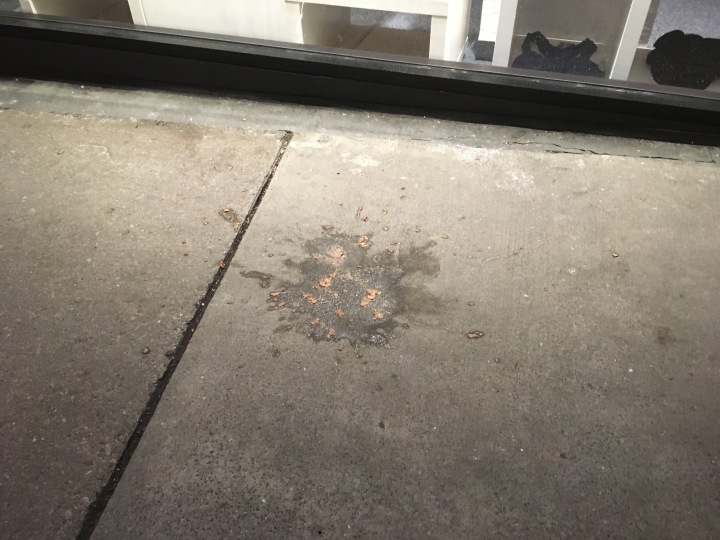
With drunk people stumbling through our city center, one of the disgusting impacts of beer on Asheville (as my friends who work downtown can attest to) is a heightened prevalence of puke on the sidewalks. I snapped this lovely shot on Haywood Street just the other night specifically for this post, you’re welcome.
Are we content with beer culture dominating our city?
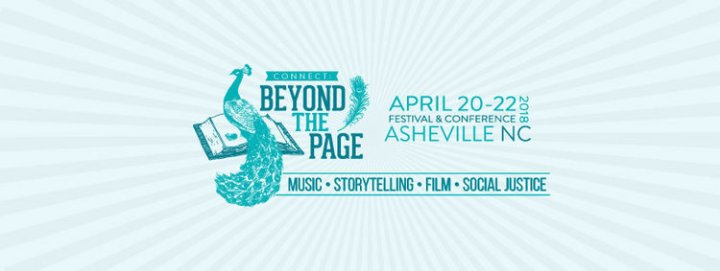
Connective culture
In this community, there are countless excellent alternatives to beer that we can turn our attention and resources to, and we do. I imagine a day when our city is known for brewing something more inspiring than beer. When it is truly a place where culturally diverse music, art, and literature can thrive. When our successful equity efforts outnumber our IPAs. When visitors arrive seeking stirred souls not slurred speech.
With that dream in mind, coming up this month are Asheville Wordfest (April 12 – 15) and a new festival/conference called Connect: Beyond the Page (April 20 -22). As their website explains, “Using music (song), film (screen), and storytelling (page), Connect: Beyond The Page explores how collaboration and adaptation create a narrative that can influence social change… Attendees come to broaden their horizons and their minds. These are people who are looking for a more dynamic experience, who want to engage with others, and want to leave a festival with more than just a hangover.” Read more about this exciting event here.

I’d also like to shout out to the DJs of “Slay the Mic” on 103.3 Asheville FM, who are doing a great job highlighting musicians and events around the community. Check ’em out!
And stay tuned to JMPRO TV’s community channel for more rich content.
Small town truth
I must name that this post is in opposition to all or part of the careers of many people I know and love. In addition, the biggest fundraiser of one of my favorite nonprofits, Just Economics, is a beer brewing contest (that supports their righteous living wage work). So yes, this post is contra our current beer bonanza. It is also towards a new balance that could still include the beer biz, just not as it is today.
To be continued
Until next time, friends.
********************
Greetings: You can subscribe to have new posts delivered via email for free (sign up in the sidebar or below if you are on a device). If you’d like to support this work, you can become a patron on Patreon or you can make a donation via PayPal or a credit card. Thanks for helping sustain this resource on community action towards collective liberation.
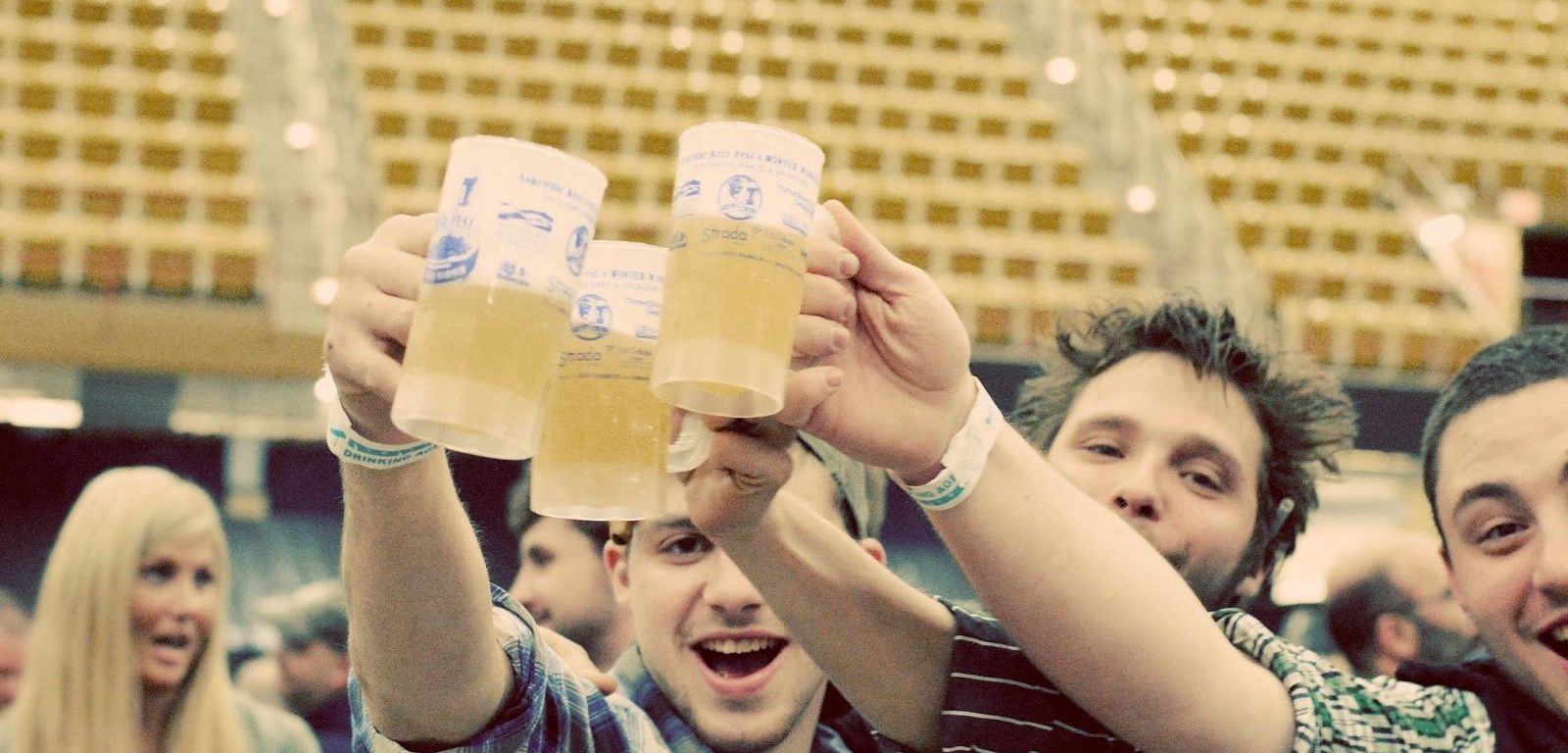
Really well done.
LikeLiked by 1 person
Thanks, Holly!
LikeLike
This is an outstanding article identifying a problem that will only get worse over time. I am so glad you see this and can express yourself so beautifully.
LikeLiked by 2 people
Thank you.
LikeLiked by 2 people
Yes! Thank you, Ami 🙂
LikeLiked by 1 person
Well said. I’d like to add that by my unscientific assessment, most of the people owning and running the breweries think of themselves as progressives. So let’s get them to step up to some beneficial commitments like – divesting from fossil fuels in their banking, phasing out single use plastics, paying a living wage to all employees, and supporting a % to the arts program. If we have to be #1 in beer, let’s “brand” Asheville beer as the most enlightened beer in the nation. The Asheville Brewers Alliance would be a good place to start.
LikeLiked by 4 people
Great ideas!
LikeLike
Excellent article! So glad I subscribe to your blog! Excited for the next edition!
LikeLiked by 1 person
Great work, Ami! I appreciate you and Tiffany both speaking out about the dismay you feel in the face of the beer tsunami. I, too, am worried about how our creative culture is being pushed out to make space for yet more beer (the ACRC space was news to me) while issues facing our communities of color and retributions that should be made to those community members for the loss of their properties, businesses, culture and access continue to go unaddressed.
LikeLiked by 1 person
Thanks Alli, I am glad to be in this work with you!
LikeLike
Thank you Ami. Well-said and needed to be said.
LikeLiked by 1 person
Thanks, David.
LikeLike
Thanks for all of your writings. And I’m feeling all of this. I want to see a beer tax on kegs for breweries like bar owners have to pay on bottles of liquor- but that can go towards organizations, programs, resources, projects, and groups that continue to be underserved.
Also- made me simultaneously smile and ache to see reference to ACRC. I was a part of the crew that worked to acquire, create and maintain that space. We had great intentions and visions for a different kind of growth – though our perspectives were not without flaws. We were not able to stay in the space- partly related to growing gentrification that we were simultaneously opposing and contributing to but ironically now….a brewery!!! Kind of makes me want to puke but too much of that already on the sidewalk.
But I like to know that we were sharing in spaces like ACRC 15 years ago and I appreciate your honesty and continued hope for a better Asheville. I would love to connect again with a bit more wisdom and broader perspective than I had back then. 🙂
LikeLiked by 1 person
You’re welcome. Yes, we hopefully are wiser now!
LikeLiked by 1 person
This is an awesome idea. It’s like the weed tax building greenways in Colorado.
LikeLiked by 1 person
Yes! There IS a black-owned brewery in Hendersonville now though, and several others as well. And you didn’t mention the level of homelessness in AVL & HVL – much of which is brought on by substance abuse. It is dismaying at best. But I watch a lot of travel shows on tv and it’s gotten to be a common thing to embrace the places/cultures that surround drinking alcohol – Ireland, Italy, France, etc. I’ve been dismayed that I have ended up being the teetotaler in most situations anymore because of all the alcoholics I’ve known who have not survived their illness(es). I used to enjoy a beer, or a drink. Meanwhile alcohol rehab places have not increased, or been available to lower income people much until they get into trouble. I just wonder if AA groups in town are also burgeoning.
LikeLike
Thanks for the comment, and for your insights. That brewery in Hendersonville closed, in part due to racist harassment. I don’t know of any in Asheville.
LikeLiked by 1 person
Agreed on each and every point you’ve made. I knew this tsunami bothered me, but I had trouble nailing it down and articulating why. Thank you for putting into words what I’ve been feeling.
LikeLiked by 1 person
You’re welcome!
LikeLike
Ami- thanks! This was poignant, presented in a welcoming way and straight up something for our community to think about.
LikeLiked by 2 people
Thanks, Beth!
LikeLiked by 1 person
Craft drunk is still just drunk. There is a blossoming seedy underbelly of addiction and criminality that is hard to see from the outside. If 27 high end bakeries had suddenly opened people might wonder if there are some issues with pastries that could use attention. Nope, just harmless alcohol. And yes, 12 step groups are orders of magnitude larger and more plentiful than ten years ago.
LikeLiked by 2 people
In a time like this when poverty is growing on a real and no-doubt obvious level, it seems also does the push of alcohol consumption grow with it. The poorer a community, the more alcohol and cigarette ads I see. If we pay attention to our communities needs – after-schools, second-hand stores, boys and girls’ clubs, healthy (and affordable) food stores, etc. – we will see that the equity in the craft beer, farm-to-fork, and “sustainable” businesses cater to those with the dough to buy from them – more could be done to encourage at least a STRONG culture of giving back what is taken in these situations – and more could be done by the chamber of commerce and local city councils to require such off-set, giving back mechanisms. The people must get involved and demand equity alongside imperative action. Great article Ami. ❤
LikeLiked by 2 people
Thanks, Nita!
LikeLiked by 1 person
Great article. Thankfully I’m shielded from much of the bad booze behaviors here in Portland – tho I’m sure the rivers of puke flow here, too. Nonetheless, our city travel bureau loves to pump us as Beervana (a less awkward moniker I cannot imagine.)
It’s dismaying to see this celebration of alcohol – one of the top public health menaces known. Some prop thin evidence of a health benefit to justify their benders, but I ain’t buying it – any benefit is surely outweighed by a mountain of harm.
LikeLiked by 2 people
As a person, who has an appreciation of beer, I agree with every single thing in this article. I think about this topic a lot and believe that no revolution ever started by a community/country consuming large amounts of hop brewed beer.
Hops are a sedative and combined with alcohol, a depressant, it brews complacency in the drinker. If there’s any town that claims enlightenment while simultaneously being complacent it’s Asheville.
Prior to the German Beer Purity Act of 1516, beer almost never contained hops. In fact, more than one hundred different plants were used in brewing beer for at least ten thousand years prior to the introduction of hops in the middle ages.
For the last thousand years of that period, the most dominant form of “beer” was called gruit, which contained a mixture of yarrow, bog myrtle, and marsh rosemary. These herbs, especially in beer, are sexually and mentally stimulating. (It is rare to become sleepy when drinking un-hopped beers.)
The Catholic Church had a monopoly on the production of gruit, but competing merchants and the Protestants worked together to break their monopoly and force the removal of all sexually stimulating herbs from beer. They replaced them with an herb that puts the drinker to sleep and dulls sexual drive in the male.
“The legislative arguments of the day all hinged on the issue of the stimulating effects of other herbs that were used in beer. A pilsner, for example, was originally a henbane beer (pilsen means “henbane”), which is an incredibly strong, psychoactive beer, used earlier in history by German berserkers before battle. The German Beer Purity Act was, in effect, the first drug control law ever enacted.”
From -> http://forum.prisonplanet.com/index.php?topic=117046
Thank you Ami Worthen ❤️
LikeLiked by 2 people
Thank you, Chama!
LikeLiked by 1 person
Ami, wonderful words and a perspective I share wholeheartedly. Keep up the good work!
LikeLiked by 2 people
Thanks, Robert!
LikeLiked by 1 person